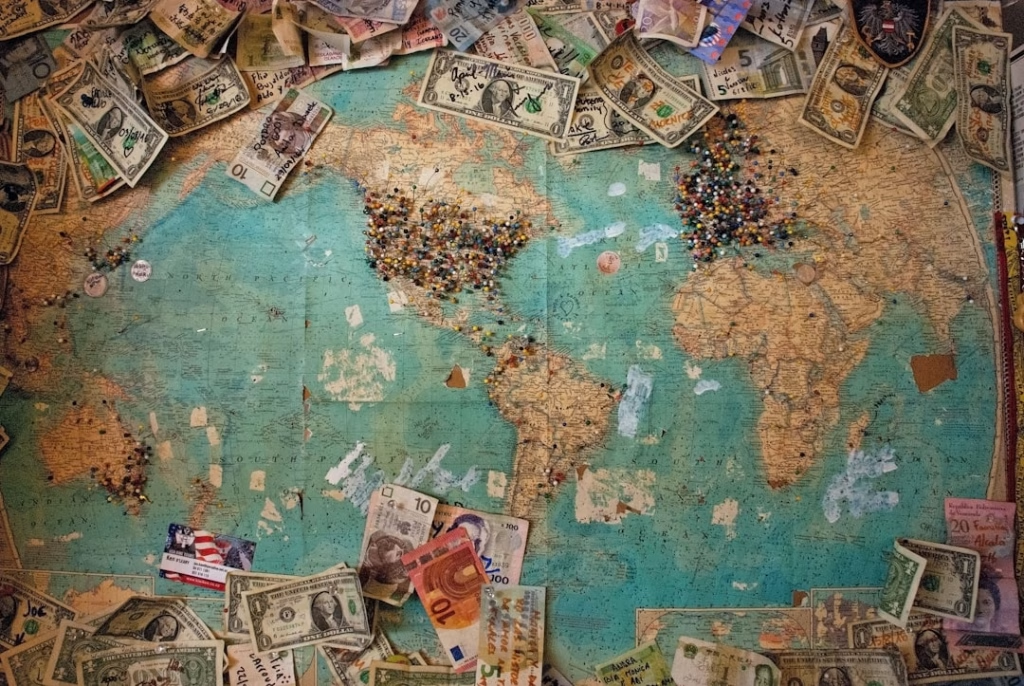Hi, friends! Have you ever wondered what it’s like to experience Ramadan in the Middle East? Well, I was fortunate enough to immerse myself in this spiritual journey and now, I have an exciting story to share. So, grab your favorite cuppa, sit back, and allow me to take you on this enlightening adventure.
The Adventure Begins: Ramadan Kareem!
My journey began in the ever-resilient city of Beirut, where I was greeted with the most heartwarming phrase, “Ramadan Kareem!” This phrase, which translates to “Generous Ramadan”, set the stage for my month-long spiritual journey.
The Ramadan Essentials
There’s something to be said about ye olde routines and traditions. Quite like clockwork, the day began before sunrise with Suhoor, the pre-dawn meal, a time when family members huddled around tables groaning under the weight of traditional Middle Eastern delicacies. According to IslamQA [1], this meal is not just about nourishment, but also an occasion for the family to come together and signify unity.
- Dates: Always the first thing consumed. It’s said that Prophet Muhammad broke his fast with three dates [2].
- Water or juice: To help hydrate.
- Protein-rich foods: Both for endurance and a little feast for the taste buds.
After the meal, it was time for Fajr, the first prayer of the day. An eerie silence would descend, punctuated only by the soulful call to prayer reverberating through the city – a truly humbling experience!
The Fast Begins…
With the first rays of dawn, the fast would begin. From this point on, no drinking, eating, or engaging in any form of negativity was allowed until sunset. This, my friends, is not merely about abstaining from food and drink but is a spiritual cleansing, a chance to elevate oneself and gain closeness to God [3].
Daylight hours were a time for contemplation, prayer, and charity. I was struck by the community spirit, the egalitarianism. Rich or poor, young or old – in the eyes of Ramadan, everyone is an equal participant.
Breaking The Fast At Sunset
With the sun diving past the horizon, the city came alive once again. The call to Maghrib prayer marked the end of the fast. Families and friends gathered to break their fast with Iftar, the meal consumed at sunset.
- Dates & Water: Echoing the Prophet’s tradition, the fast was broken with dates and water, replenishing energy fast and preparing the stomach for the main course [4].
- Soup & Bread: Light and comforting, usually lentil or vegetable soup.
- Main Course: The dishes varied every day, popular ones being mansaf (a traditional Jordanian dish) or maqluba (a one-pot dish with meat, rice, and vegetables).
The mood was nothing short of festive. Generosity and community were as essential to the meal as the food itself. Initially, the physical challenge of fasting was daunting, but soon I found myself in sync with the community, sharing in their rhythms and rituals, their joys and reflections.
My Spiritual Journey Ends With Eid
The end of Ramadan signals the beginning of Eid al-Fitr, a festive holiday marking the end of the fast. The atmosphere was one of gratitude and celebration, filled with family gatherings, feasting, and gift-giving.
Ramadan in the Middle East taught me the true essence of the month – gratitude, patience, and above all, empathy for those less fortunate. It’s an experience that I’ll forever hold close to my heart, one which has humbled and enriched me.
Have you had a unique Ramadan experience or are planning to undertake this spiritual journey in the future? Let’s chat in the comments below!

